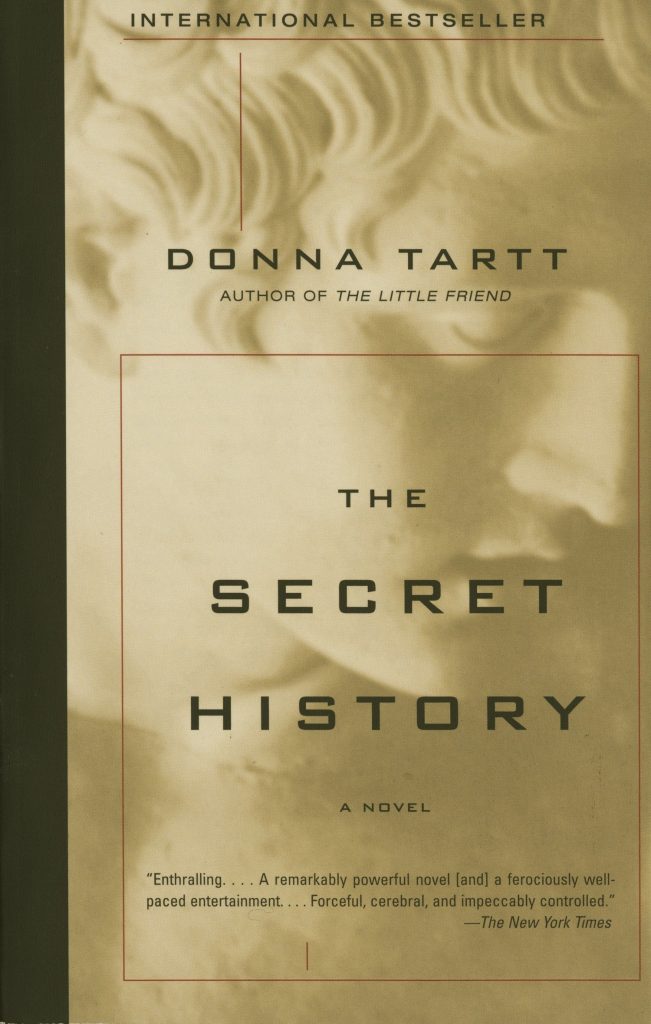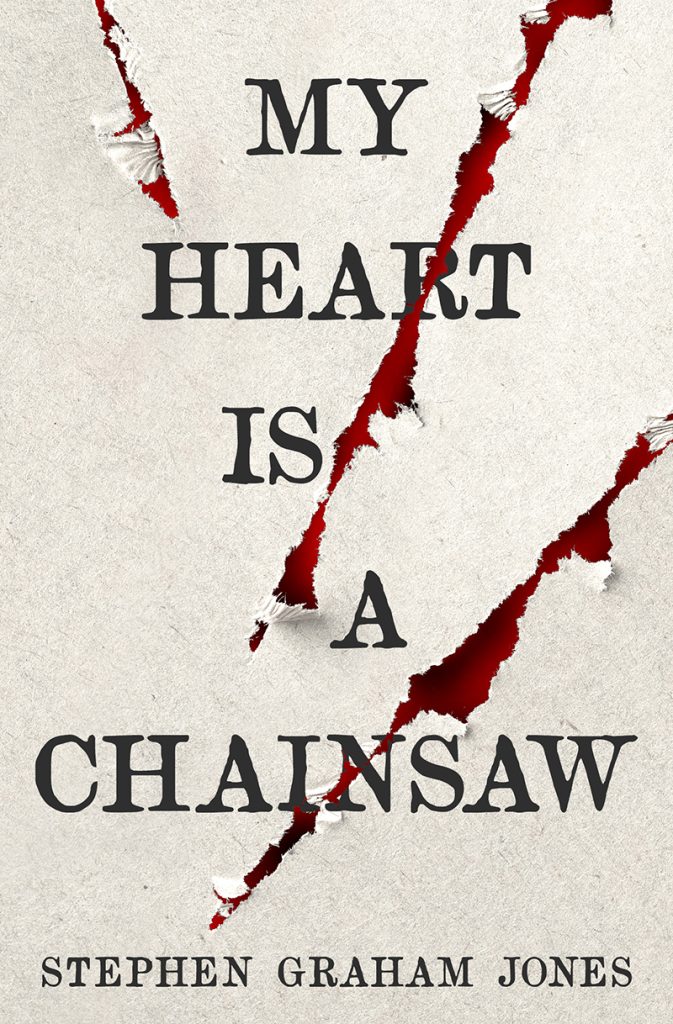Do you ever revisit characters or series from your childhood, rewatching them or taking in new adaptations of them as they’re released? Besides that apparently being a sign that I might be anxious, I’m always a bit surprised by the hit of nostalgia when I do encounter certain things I grew up with*, like Sun Wu-Kong from Journey to the West. I remember watching the Hong Kong adaptation as a child, though I don’t actually remember it all that well, so when I saw Girl Giant and the Monkey King on the shelves this year, I knew I had to read it.
Eleven-year old Thom has been having a bit of a rough start to her new life in Georgia, between being one of two Asian kids at the otherwise all-white school and getting bullied by a few girls in her grade (which posse the other Asian girl belongs to), but that’s not even all: she also happens to have superhuman strength that she hasn’t quite gotten the grasp of controlling. As in, she fractured someone’s ribs when she kicked a soccer ball and the goalie tried to block it kind of superhuman strength. Aaaand she might have accidentally freed the Monkey King from the legends when she and her mom visited a temple. Her mom absolutely refuses to acknowledge her developing supernatural strength (ignoring the car door handle Thom accidentally wrenched off, the cup she squeezed too hard…) and avoids any and all attempts to talk about Thom’s father, who’s not in the picture, so despite his penchant for mischief, the Monkey King, Sun Wu-Kong, quickly worms his way into her life as her only true friend and ally, listening to her and helping her accept and control her incredible strength. But is the Monkey King really her friend, or is he just using Thom for his own plans?
You don’t need to know anything about the legend of the Monkey King to read Girl Giant and the Monkey King, as Hoang weaves the mythology in seamlessly. You don’t need to know the gods, goddesses, and heroes of Heaven in order to see the parallel between their snotty bubble and that of Thom’s middle school, and Sun Wu-Kong’s character is fleshed out well, allowing for the shades of grey that define him neither as a good guy or a bad guy, but a complex character that may be looking out for himself in ways, but is not immune to friendship and loyalty. For anyone who read this in record time as I did, look out for the sequel, Girl Giant and the Jade War, by Van Hoang, which is on order now!
Continue reading

